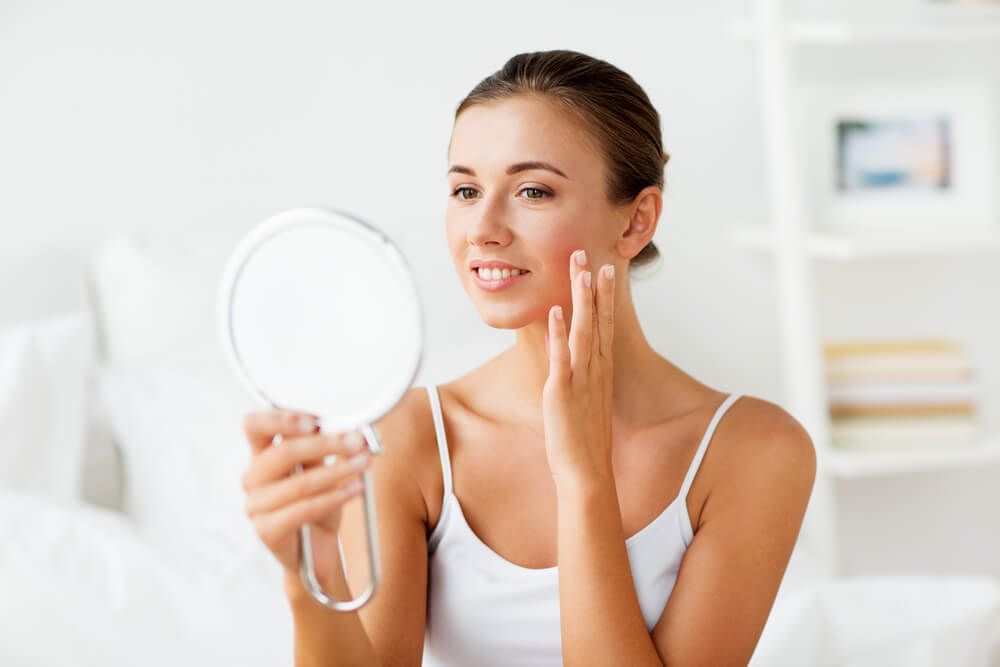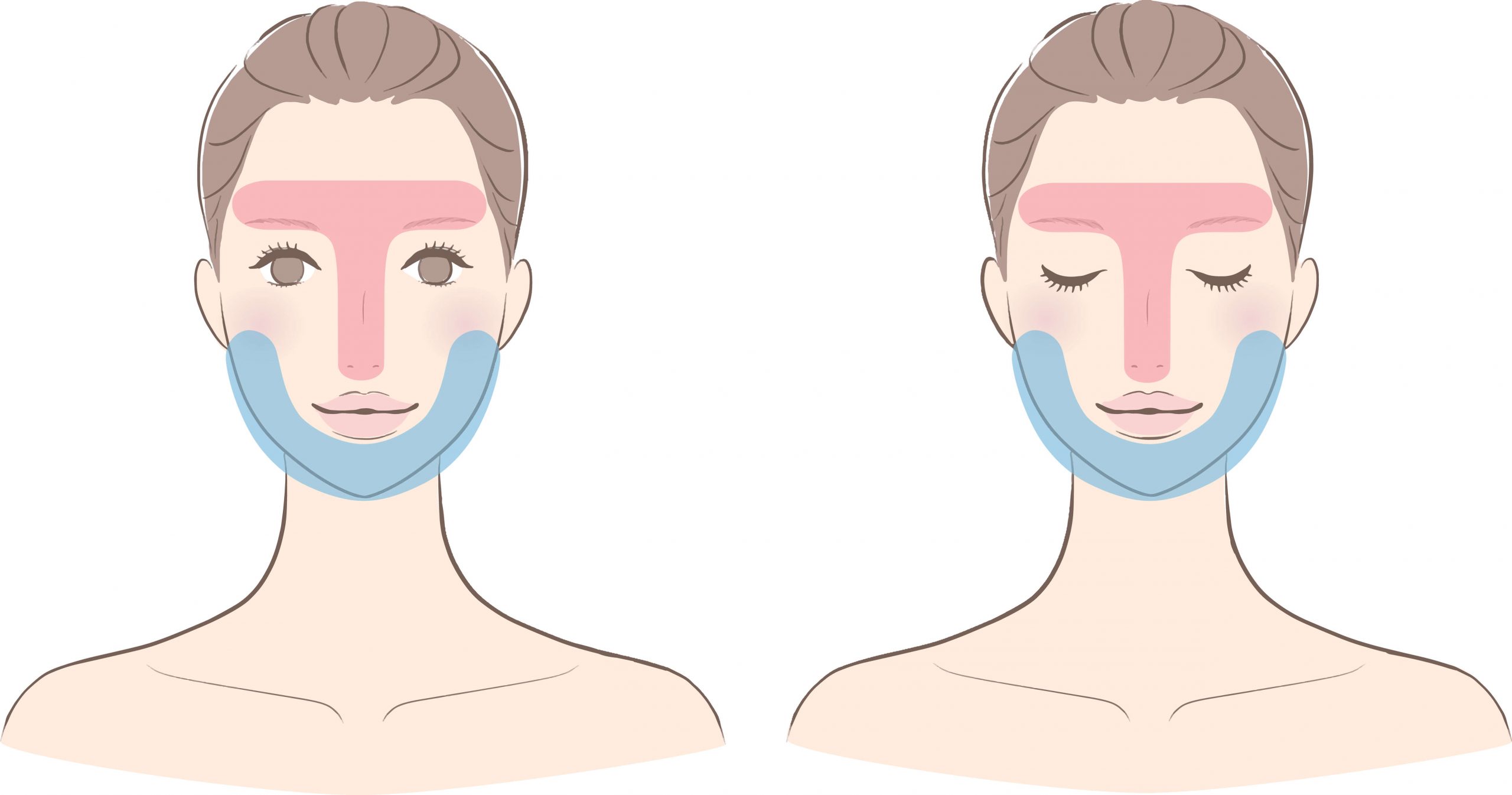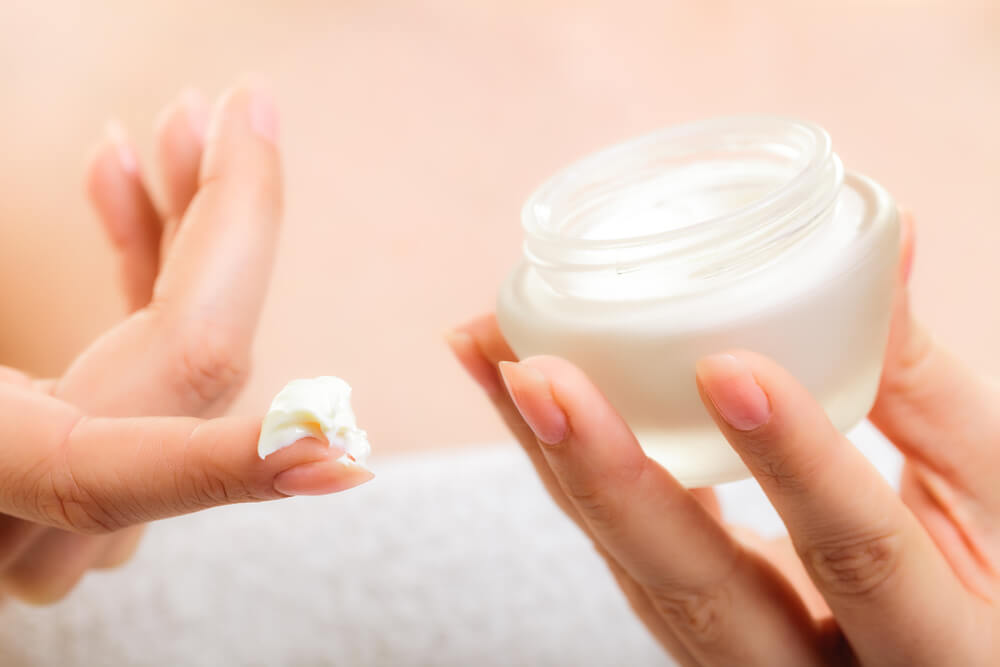Published: April 11, 2021
Everybody’s skin is different. Some people have insanely greasy skin that needs constant powdering, while others have parched and dehydrated skin, so hydration is their best friend.
But life isn’t that simple for those with combination skin, where parts of your face are oily while the rest are incredibly dry and patchy. Moisturizing oils can be too heavy for the T-zone, while mattifying ingredients can be too stripping for the rest of your dry face.
It’s admittedly quite hard to care for combination skin, especially since there are rarely any products made specifically for this skin type. Manufacturers focus on catering to those with oily and dry skin. That’s precisely why your combo skin needs all the extra tender loving care.
What Are the Different Skin Types People Can Have?
People’s skin types differ according to how much hydration their skin can hold, how active their sebaceous glands are, how comfortable and elastic the skin is, and many more. Sensitivity also plays a huge role in pinpointing someone’s skin type.
Normal Skin
The luckiest ladies are blessed with normal skin. This is skin that isn’t dry enough to incur patches and inflammation, but not oily enough to be acne-prone. It’s just right, leading to little to no breakouts. This is more common in younger people whose skin hasn’t gone through wear-and-tear yet.
Oily Skin
Next up, we have oily skin. This one has a bad rap for being the cause of zits and pimples, thanks to its excess oil production. Oily skin usually also sees tons of blackheads and clogged pores.
Dry Skin
On the opposite end of the spectrum, there’s dry skin. If your skin feels patchy, wrinkly, and flaky, it’s most likely very dry. At worst, dry skin can turn scaly and rough.
Combination Skin
Now, let’s turn to combination skin. When you have combo skin, you’re dry in some areas of your face but have tons of oil production in others. For most people with combo skin, most of the face is dry, while the T-zone remains incredibly shiny due to oiliness.
It’s pretty hard to tell at first if you have combination skin. It’s easy to confuse your skin for the dry type if you go a day with sensitivity and rashes, or judge it as oily if you’re breaking out in your oily nose or forehead area.
Luckily, there are a few signs to help you assess whether you have combination skin.
How Can You Tell If You Have Combination Skin?
Combination skin essentially means you have two skin types—dry and oily. That means you could get the signs and symptoms of both parched skin and overly greasy skin. But how can that possibly be?
In reality, your skin probably started with either dry or oily skin, but has developed into a hybrid of the two over the years.
It can be caused by harsh skincare products that strip your T-zone of its natural oils, putting it into overdrive to produce more sebum.
You may also notice that your skin behaves accordingly with the weather—dry when it’s the dead of winter, and oily when it’s hot and sunny in the summertime. That’s another characteristic of combo skin.
Hormonal changes may also be the culprit, especially if they’re related to aging. As you grow older, your skin becomes less elastic and your sebaceous glands not so active. That could be one reason why your formerly oily skin is now a bit drier in some areas.
There are other more noticeable signs that you have combination skin. Some of these, you can see with your naked eye. Others, you have to assess throughout your day. Here are a few things to look out for to know for sure that you have combination skin:
Only Some Areas of Your Face Are Acne-Prone
A tell-tale sign of having combo skin is that you only break out in your nose, chin, and forehead, also known as the T-zone. Because your cheeks are drier and aren’t as oily as these areas, you’ll usually have clear skin there.
You might also notice that you can have pimples and clogged pores in your T-zone, but see dry patches in your cheeks at the same time. Yes, it’s super contradictory. But that’s the way it is with combination skin.
You Have Trouble Finding a Moisturizer for Your Whole Face
It can be frustrating to put on a rich moisturizer to quench your dry cheeks, only for your T-zone to double down on greasiness. On the flip side, a light and mattifying moisturizer won’t be enough for your dry cheeks.
Get the best moisturizer for your skin type by scouting for one with both sebum-controlling actives and oil-free hydrators. Search for combos like niacinamide and aloe, or salicylic acid and hyaluronic acid. Balance is key when it comes to nourishing your skin.
Your Pores Are Huge on Your Nose But Invisible on Your Cheeks
Your pores can get magnified and enlarged in areas of your skin that produce a lot of oil. Sebaceous glands constantly spew out oil through these pores, so it only makes sense that they get bigger over time.
But since your cheeks aren’t as oily as your T-zone, you’ll notice a stark difference in how your pores look in this area. They’ll pretty much be close to invisible since they rarely produce any oil in their naturally dry condition.
You Need to Blot Often, But Not in All Areas
If you have combination skin, you’ll notice that you’ll have an urge to blot your oily face numerous times throughout the day, but you concentrate it only on your nose, chin, and forehead.
You could try blotting your cheeks, but there isn’t much oil to be absorbed in these areas because they stay pretty stable in terms of sebum levels all day. In fact, the skin on your cheeks might feel sensitive and cracked if you rub your blotting paper in that area—a tell-tale sign that your skin there is parched.
You Put Less Product on Certain Parts of Your Skin
If your kneejerk reaction to packing on your favorite moisturizer or serum is to focus it on your cheeks and then dab the tiniest amount on your nose and forehead, it might be a sign that you know full well your skin doesn’t act the same in these areas.
If you find yourself being too careful placing exfoliating acids on your cheeks and nourishing oils on your T-zone, you may be intuitively adusting your routine according to how your skin works on different areas. This habit is one many people with combo skin have.
What’s the Best Way to Take Care of Combination Skin?
There are different ways to take care of your combo skin. Some of the more committed skincare junkies will have a separate skincare routine for each area of their face. But there are a few tweaks adjustments you can incorporate into your current routine to ensure it’s appropriate for your combination skin.
One easy thing you can do is switch over to a gentle cleanser that doesn’t have stripping ingredients like sulfates and parabens. Super harsh cleansers can damage the oilier parts of your skin and leave your dry parts looking flaky and red. It’s never a good idea. The milder the formula, the better.
Next up is exfoliating. While exfoliating or using strong peels on your skin is a big no-no for all skin types, it’s an excellent treatment to do once or twice a week.
Exfoliating with a good toner or scrub helps buff away flaky skin left behind in your dry cheeks. It also purifies the feel of your oily skin, helping to unclog any pores being suffocated by blackheads and excess sebum. It’s a win-win for every area of your skin.
A common trend we see online is multi-masking—a technique made for combination skin where you can use different masks in every area of your face, depending on what skin issue you’re combating.
That means you can put on a detoxifying charcoal mask to suck out all the excess grime and gunk from your T-zone while leaving on a creamy, rich mask to replenish the lost moisture in your cheeks. It’s a fun way to pamper your skin the way you need to while saving a lot of time.
Wearing sunscreen every day is a must for any skin type but is especially vital for the drier parts of your skin.
Opt for non-comedogenic products as much as you can. Some ingredients are known to clog your pores, which is a big no-no for your T-zone if you have combo skin.
Stay away from ingredients like lanolin, beeswax, avocado oil, and other comedogenic skincare ingredients to ensure your nose and forehead can stay free of blemishes and congestion.
Skincare Shopping Tips for Combination Skin
Bionyx is a luxe, high-end skincare brand that you can turn to for your combination skin needs. Our products range from simple and fuss-free to innovative and infused with platinum. Whichever side of the spectrum your preference leans toward more, know you’ll only get the best products for your skin.
Any gal with combo skin will enjoy the Bionyx Milk Cleanser. It’s designed for delicate and borderline problematic skin that needs to be cared for gently. It has ingredients to soothe and brighten the feel of the skin, like vitamins C, E, and chamomile.
This cleanser has exactly ten ingredients, so you know you’re getting only the good stuff without unnecessary chemicals.
The Bionyx Salt Scrub is a fabulous option for exfoliating the skin. It combines salt and other skin-friendly ingredients to slough off dry and flaky skin, which you’ll love for your cheeks.
You can also look into Bionyx’s collection of face masks for your multi-masking sessions. Choose a richer mask for your dry areas, and use them in conjunction with cleansing masks for your T-zone.
For your dry cheeks, the Alloy Magnetic Synergy Mask is a fantastic option. It’s infused with a plethora of hydrating oils, including coconut, rosemary, marula, baobab, and sunflower seed oils to soften the feel of your skin and give it that luminous glow.
The unique thing about this mask is that it’s formulated with copper and platinum, both of which stimulate the feel of the skin. The mask comes with a magnet to wash everything off when you’re done.
Meanwhile, you can try out the Platinum Transformative Thermal Mask for your oily T-zone. This mask is formulated with oil-absorbing kaolin clay to manage sebum production and detoxify the look of the pores. There’s also invigorating lemon and coffee extracts to refresh and rejuvenate the appearance of your tired, oily skin.
It also has a warming effect to soothe the feel of your skin so you can sit back and relax for 15 minutes as it works its magic on your skin, refining the look of lines and wrinkles and conditioning your skin to make appear soft and supple.
Conclusion
Combination skin is quite neurotic and unpredictable. You never know what you’re going to get each day. How your skin behaves depends on the ever-changing environment and how your body’s hormones feel like acting.
But the important thing is to always listen to your skin and give it what it needs, even if it means treating various areas of your face in different ways.
As long as you fully understand which areas of your face act up—whether it’s from extreme oiliness or inflamed sensitivity due to dehydration—you can care for your combo skin properly. Keep it balanced to the best of your ability, and your healthy, firm, radiant appearance will pull through.







